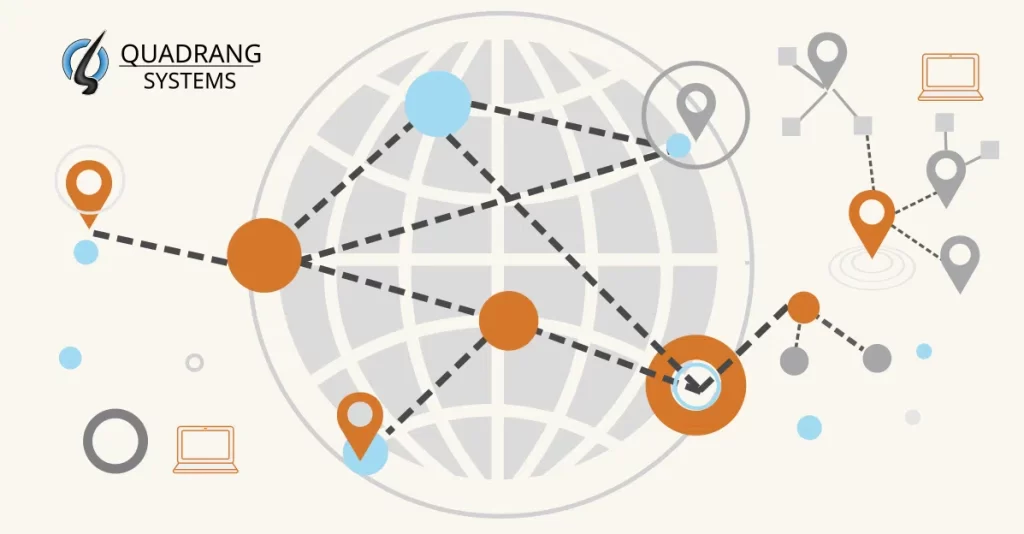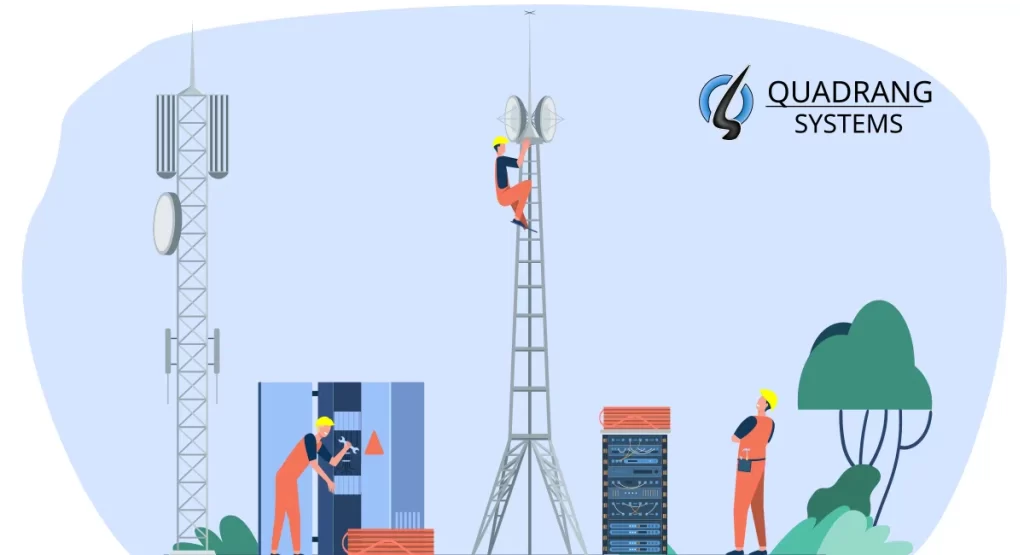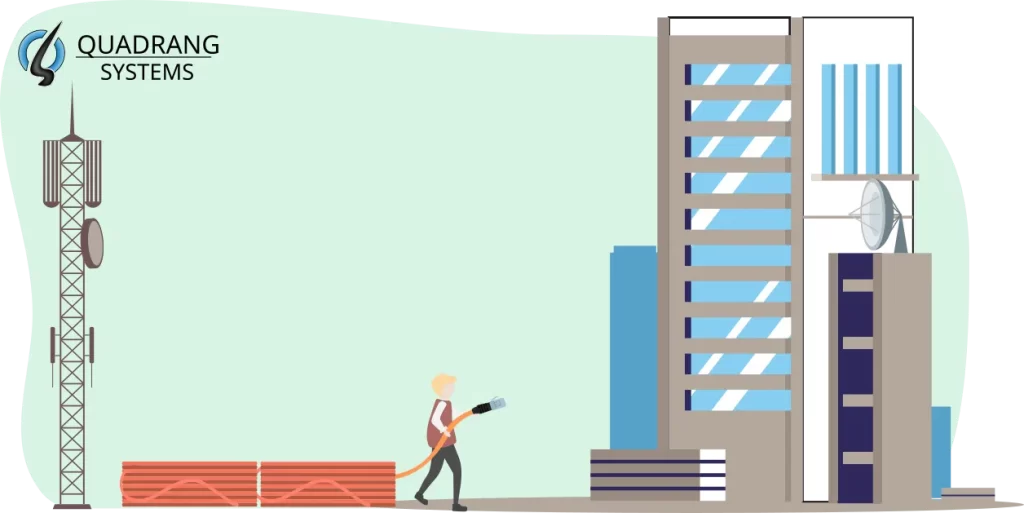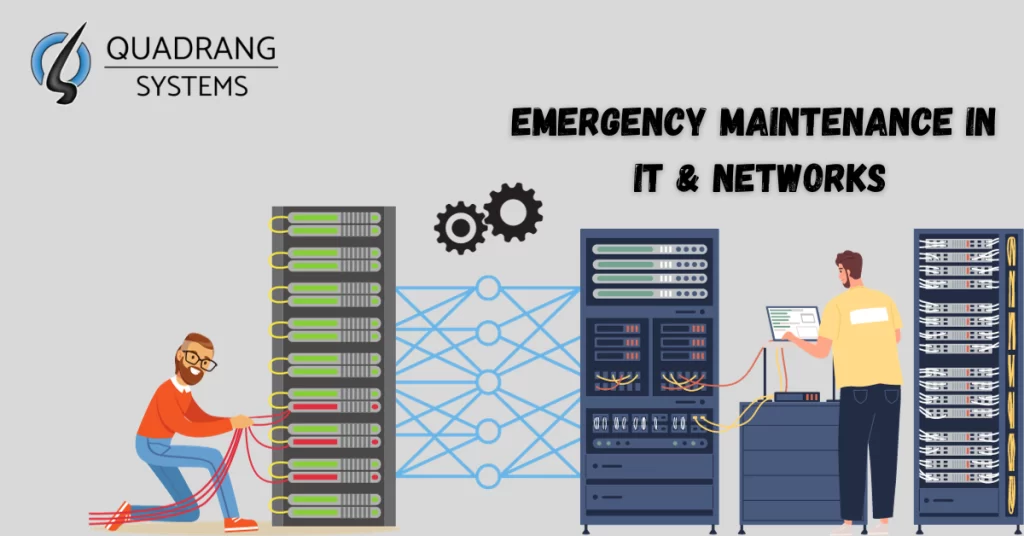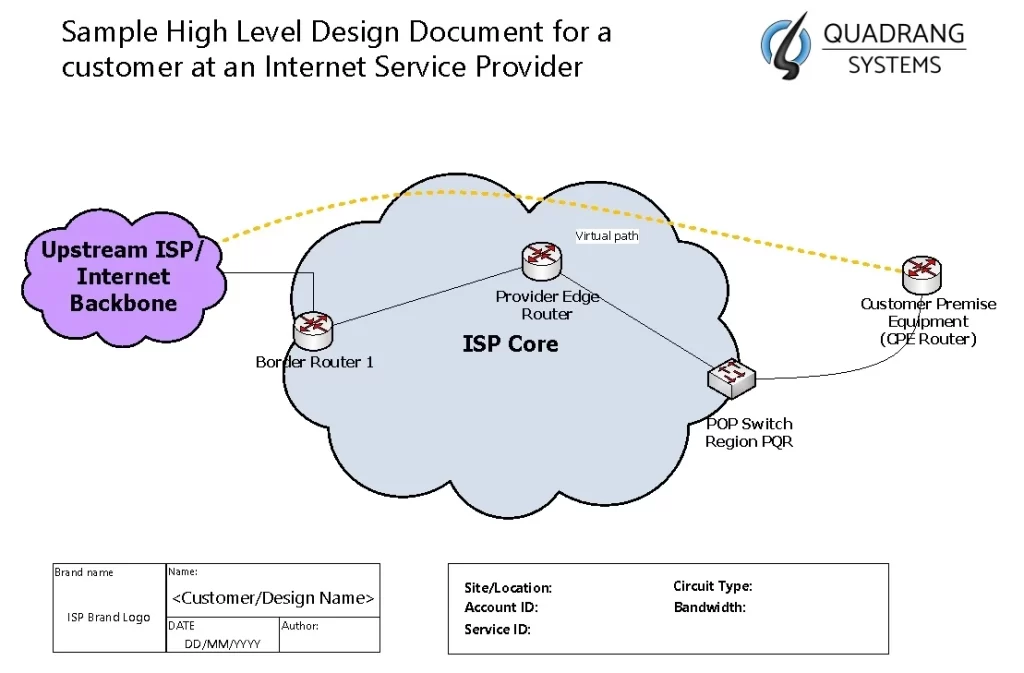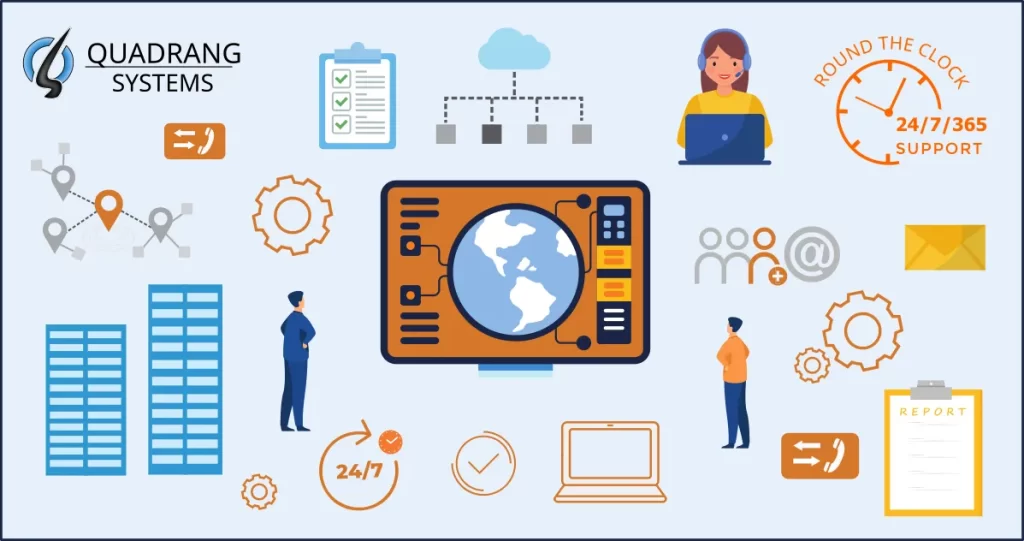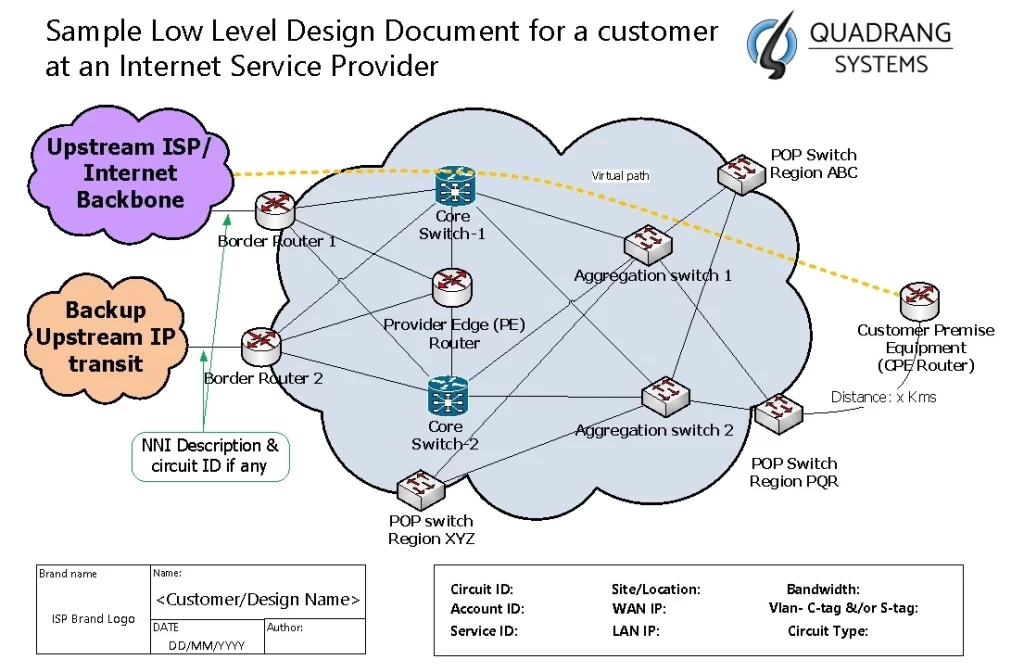What is Backbone, Backhaul, Fronthaul and Midhaul?
Backbone and backhaul are both terms used in the context of telecommunications and networking, but they refer to different things. This blog gives an explanation of Backbone, Backhaul and how Fronthaul, Midhaul are also parts of a larger network
Backbone:
The backbone infranet provides high-bandwidth connectivity between large, strategically interconnected networks and core routers across a wide area. It forms an underpinning supporting framework transporting huge amounts of data simultaneously between host stations at high speeds. Backbones enable efficient data distribution utilizing advanced network technology and dense wavelength-division multiplexing too not only route but also redirect excess traffic loads efficiently, preventing congestion and bottlenecks.
Backbone typically refers to the core infrastructure of a network, which provides high-speed connectivity and serves as the main conduit for data traffic. The backbone may consist of a variety of hardware components, such as routers, switches, and fiber optic cables, and it is typically designed to handle large volumes of traffic and provide high levels of reliability and availability.
Backhaul:
In contrast, backhaul typically refers to the transport of data traffic between a local access network (such as a cellular tower or Wi-Fi hotspots or customer LAN) and a larger, centralized network such as the Internet or a corporate network. Backhauls aggregate and carry voice/data traffic from base stations into core networks. Backhaul may be provided by a variety of technologies, including fiber optic cables, microwave links, or satellite connections, and it is designed to provide high-speed connectivity between the local access network and the broader network infrastructure. Unlike long-haul dedicated backbone lines, backhauls utilize a variety of transport mediums including copper, microwave, and fiber optic. All the newest backhauls are only built on fiber optic which have the first choice and second being fixed wireless backhauls. With the advent of 4G/5G networks which connect to bandwidth-hungry mobile application users, requiring increased backhaul capacities it is important for mobile operators and ISPs to increase backhauling to and from the cell towers. Insufficient backhauling will severely impact next-gen mobile performance and profits.
Fronthaul:
Fronthaul is a concept typically used in cellular radio towers for mobile communication. Fronthaul involves transporting data from mobile units to cellular radio antennas towards centralized baseband units placed strategically for efficient coverage. Fronthaul connects remote radio units mounted high on towers via high capacity fiber or wireless links into a baseband processing hub stationed below. This split architecture minimizes equipment needs allowing lighter tower hardware installations while aggregating processing capacity more economically.
Baseband processing hubs connect multiple radio heads covering small surrounding cells. They handle heavy digital signal processing of several carriers’ radio traffic through pooled baseband unit cards. This consolidated approach means increased spectral efficiency and allows supporting advanced 4G/5G features cost-effectively. Fronthaul transport must deliver huge throughput with very low latency not exceeding 100 microseconds for 4G or 25 microseconds for 5G applications using CPRI and eCPRI technology avoiding buffering delays.
Midhaul:
Midhaul refers to middle mile transport connecting cities and communities. It transmits wireless traffic from macrocell base station sites into the core infrastructure for routing towards national backbones or Internet peering points to reach worldwide destinations. Midhaul capacity requirements fall between backhaul aggregates and long haul backbone routes. Midhaul routes exceed 200km spanning multiple towns. Providers utilize high capacity microwave, mesh networks and dark fiber for reliable middle mile connectivity even in remote terrain.
Aggregating small community networks into larger regional ones allows better economies of scale in midhaul network builds, especially in rural zones with challenging geography. By interconnecting outer lying area midhauls through core metro hubs, providers enable vital modern services like telemedicine, distance education and ecommerce across small towns plus tribal areas where laying new cables proves highly difficult. Efficient middle mile infrastructure remains crucial for nationwide connectivity.
In summary:
While backbone and backhaul are distinct concepts, they are often interrelated. The backbone may be used to transport backhaul traffic between local access networks and the broader network infrastructure, and backhaul traffic may be routed over the backbone to reach its final destination. In many cases, both backbone and backhaul infrastructure are necessary to ensure that data traffic can flow smoothly and efficiently across a network.


